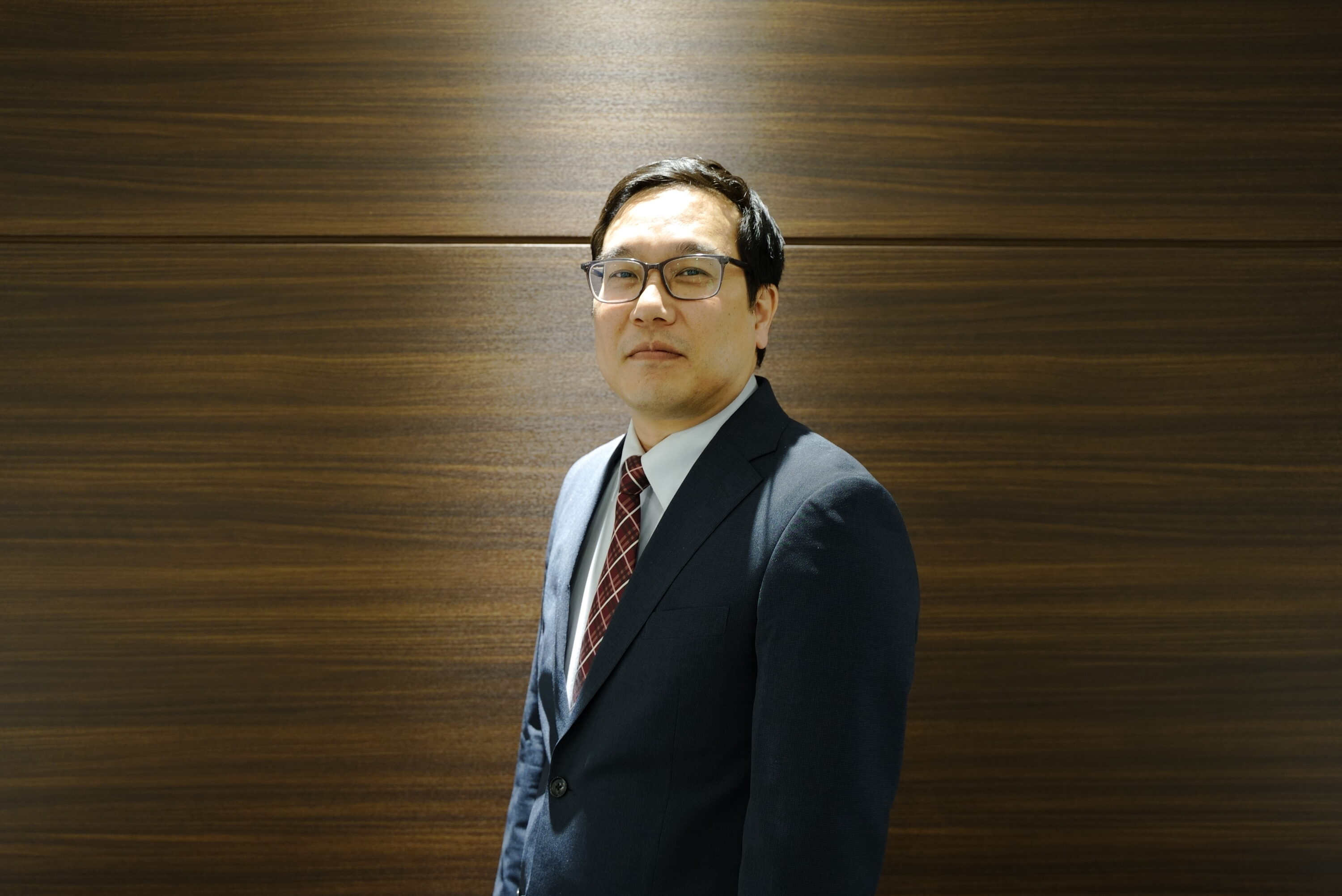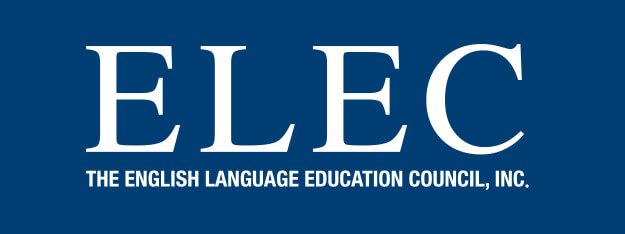
ティーム・ティーチング -授業における効果的な戦略-
カナダ出身のKevin先生。大学の英語講師としてのみならず、「東京都私学財団ALT指導技術向上研修」をはじめとする様々なALT研修の講師としても活躍しています。今回はKevin先生がALTとして実際に経験したことを基に、効果的なティーム・ティーチングのあり方について語ってくれました。
Team Teaching as an Efficient Strategy in the Classroom
Like so many others, I began in Japan as an Assistant Language Teacher. I spent four years teaching at elementary schools and junior high schools before moving on to higher education. Overall, the experience was rewarding and helped me develop into a better teacher, but I often felt that there was room for improvement when it came to how ALTs could be used effectively in the classroom.
At elementary schools, the ALT often teaches while the Japanese Teacher of English (JTE) takes on a supporting or observer’s role. However, in junior high schools and high schools these roles are often reversed. In my personal experience, junior high school JTEs tended to use ALTs sparingly: my role was limited to acting as a human tape recorder in listen-and-repeat activities, and as a conversation partner for demonstration dialogues. This contrasts with team teaching, a strategy whereby ALT and JTE collaborate closely when planning and conducting lessons.
At some point years ago, I was fortunate enough to observe team teaching in specialized schools where it was the norm. I saw that it was effective not only for learners but for the teachers. For learners, the cooperation between the JTE and ALT can be seen as an example of communication. It may also increase motivation and promote cultural understanding. For teachers, it might be an effective way to learn new teaching skills and contribute to their own professional development which, in the long run, benefits the students because having better teachers means (ideally) better English classes. Most importantly, this teamwork meant that lessons had cohesion and were more efficient, something I had felt was lacking in my own classes. Collaborating closely towards a clear goal, JTEs and ALTs have an opportunity to combine their strong points: the JTEs with their knowledge of English language theory, classroom experience, and ability to speak in Japanese as necessary (to explain tricky grammar, for example), and ALTs with their cultural knowledge, and practical linguistic experience. (And yes, I am aware that there are ALTs with teaching experience in their home countries and JTEs with native-level ability, but this is not common.)
As someone that runs teacher-training workshops in Japan, I can see that this approach is gaining ground but is still far from the norm. So, why isn’t this form of teaching more common in Japan? Common challenges include effective communication between ALT and JTE, finding sufficient time to plan lesson coordination, and assumptions (rightly or wrongly) about ALTs’ capabilities. A discussion of team-teaching models, preparation and planning techniques, distinguishing responsibilities of the JTE and ALT, and understanding classroom management would benefit not only the teachers but the students as well. Although developing a team-teaching program seems like a large task, workshops can help ALTs and JTEs to better understand their roles, prepare and plan together, and practice the concepts of teaching. In this way, I hope the role of the ALT will evolve to better meet growing needs and expectations when it comes to English language-learning in Japanese schools.
ティーム・ティーチング -授業における効果的な戦略-
多くの外国人講師と同様に、私も日本で外国語指導助手(ALT)として働き始めました。 小学校と中学校で4年間教えた後、高等教育に進みました。 全体として、この経験はやりがいがあり、より良い教師に成長するのに役立ちました。しかし、授業におけるALTの効果的な活用方法には改善の余地があると感じることがよくありました。
小学校では、ALTが主に授業を担当し、日本人英語教師(JTE)がサポートやオブザーバーの役割を担うことが多いです。しかし、中学校や高校では、この役割が逆転することがよくあります。私自身の経験上、中学校のJTEはALTをあまり積極的に活用しない傾向がありました。私の役割は、リスニング・アンド・リピート活動の際に「人間テープレコーダー」として発音を繰り返すことや、デモンストレーション・ダイアログの会話パートナーになることに限られていました。これは、ALTとJTEが密接に協力して授業を計画・実施するティーム・ティーチングとは対照的です。
数年前、私は幸運にもティーム・ティーチングが当たり前となっている専門学校で、その様子を見学する機会に恵まれました。それは学習者にとってだけでなく、教師にとっても効果的なものでした。 学習者にとっては、JTEとALTの協力は、コミュニケーションの一例として見ることができ、それによって学習意欲が高まり、異文化理解の促進につながることでしょう。教師にとっては、新しい指導スキルを学び、自身の専門的能力の向上に貢献する効果的な方法かもしれません。結局は、教師の質が向上することで(理想的には)より良い英語の授業が提供され、最終的には生徒にとっての利益につながるのです。
最も重要なことは、このティームワークによって授業にまとまりが生まれ、より効率的になったということです。これは、私自身の授業に欠けていると感じていた点でした。 明確な目標に向かって密接に協力することで、JTEとALTはそれぞれの強みを生かす機会を得ることができます。JTEは英語の理論的な知識、授業経験、そして必要に応じて日本語で説明する能力(例えば、難しい文法を説明するため)を持ち、ALTは文化的な知識と実践的な言語の運用経験を提供できます。 (もちろん、母国での指導経験を持つALTやネイティブ並みの能力を持つJTEがいることは承知していますが、それは一般的ではありません。)
日本で英語教員研修のワークショップを開催している立場として、このアプローチが徐々に浸透しつつあると実感していますが、まだ一般的とは言えません。では、なぜ日本ではこのような授業形態が一般的ではないのでしょうか? よくある課題としては、ALTとJTEの間の効果的なコミュニケーションの確立、授業のコーディネーションを計画するための十分な時間の確保、そして(善し悪しは別として)ALTの能力に関する先入観などが挙げられます。 ティーム・ティーチングのモデル、準備や計画のテクニック、JTEとALTの役割の明確化、そしてクラス運営の理解についての議論は、教師だけでなく生徒にとっても大変有益なものとなるでしょう。 ティーム・ティーチング・プログラムの開発は大きな課題のように思えますが、ワークショップを活用すれば、ALTとJTEがそれぞれの役割をより深く理解し、共に準備や計画を立て、指導の概念を実践的に学ぶことができます。 このような取り組みを通じて、ALTの役割が、日本の学校における英語学習に対するニーズと期待の高まりに応えられるように進化していくことを願っています。
ELEC英語講師陣 紹介ページはこちら
